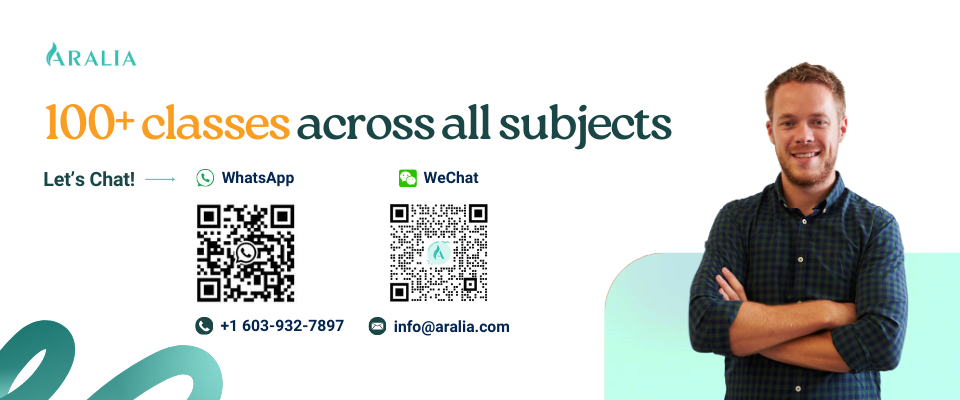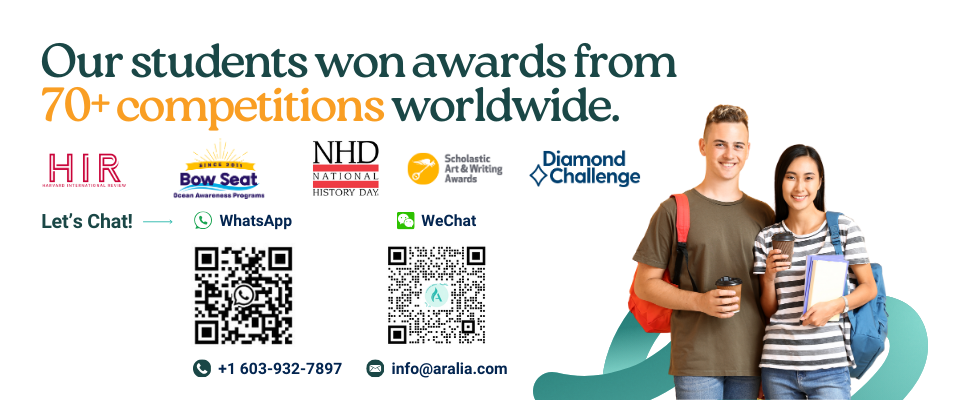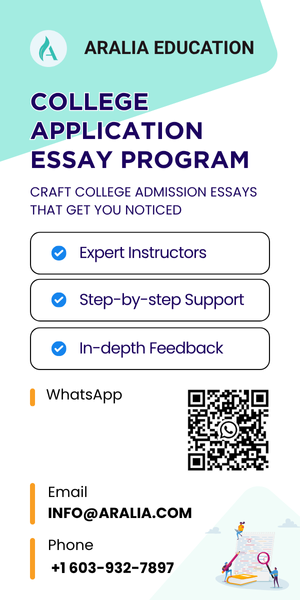Creating a student-led literary magazine in high school is more than just producing a publication; it is an opportunity to cultivate creativity, collaboration, and community expression. Such a magazine allows students to explore their voices, experiment with ideas, and share perspectives that might otherwise go unheard. Whether your contributors write poetry late at night, capture fleeting moments in short stories, or illustrate original artwork between classes, a literary magazine provides a platform for turning these individual efforts into a collective work that reflects the spirit of your school community.
Creating a literary magazine requires planning, organization, and a clear vision. By approaching the process strategically, students and advisors can create a professional, meaningful, and sustainable publication.
Finding Your Magazine's Identity
Defining the purpose and identity of your magazine is a crucial first step. Without this foundation, teams can spend months debating submissions, layouts, and editorial choices, which can slow progress and create frustration. Begin by assembling a dedicated editorial team of three to five students who are committed to the project and able to bring diverse skills, such as writing, editing, design, or marketing.
Together, articulate the magazine’s mission. Consider the questions your team wants the publication to answer:
- Are you focused on showcasing creative writing and visual arts?
- Do you want to address social issues that are often overlooked within your school?
- Is your goal to highlight underrepresented voices or experiences?
Avoid adopting a “we accept everything” approach, as a lack of clear purpose can lead to a collection that feels unfocused and inconsistent. A well-defined mission acts as a compass, guiding decisions about which submissions to include, how to present the content visually, and how to promote the magazine to your school community.
When editorial disagreements arise, returning to your founding mission provides clarity and ensures that the magazine stays true to its vision. This initial step not only streamlines the editorial process but also strengthens the magazine’s identity and credibility among readers and contributors.
85% of Aralia Students Place in Top Writing Competitions
Gather a Passionate Team
The success of a student-led literary magazine depends on building a team of committed students who each share a genuine passion for the project. While a magazine may begin as one person’s idea, relying solely on a single individual can lead to their burnout and ultimately, the magazine’s collapse. A thriving publication is one where multiple students feel ownership and pride in the work they produce.
Recruit team members with complementary skills.
- Editors should be able to assess submissions fairly, balance personal taste with the magazine’s mission, and provide constructive feedback, even when evaluating work from friends or peers.
- Designers should understand that layout and visuals serve the content, ensuring an intuitive and engaging reading experience.
- Communication and outreach specialists are equally important; they help generate excitement for the magazine, whether through social media, school announcements, or in-person events.
The key is to give your team responsibilities early and make sure they love the work as much as you do. When someone feels like they’re just taking orders, they vanish the moment deadlines get tight. When they know their role matters, they will show up even when it’s inconvenient.
Create Structure Without Limiting Creativity
While creativity is at the heart of any literary magazine, structure is essential to ensure that the publication runs smoothly and consistently. Begin by defining how your team will operate. Decide whether you want to organize specific departments, such as editing, design, and outreach, and clarify the responsibilities of each role. Establish regular meeting schedules and outline decision-making processes to avoid confusion or duplicated effort.
Leverage collaborative tools to streamline workflow and maintain transparency. Shared folders, project boards, and cloud-based platforms such as Google Drive, Notion, or Trello allow the team to track progress, manage deadlines, and stay aligned without constant check-ins.
Establish Clear Submission Guidelines
Submission guidelines directly influence both the volume and diversity of contributions. Clear, approachable guidelines encourage participation from students across different creative backgrounds and experience levels.
Specify practical details explicitly: accepted formats (poetry, fiction, essays, visual art, photography), length or size constraints, submission methods (email, online form), and deadlines. These technical requirements matter, but the tone and framing of guidelines are equally important. Overly formal or legalistic language may discourage students who don’t yet identify as serious writers or artists from submitting their work.

Design a Cohesive Look and Feel
The visual design of your magazine should complement the content and make it accessible, not overshadow it. Thoughtful design creates a professional and cohesive framework that enhances the readers’ engagement with each piece.
Whether publishing digitally or in print, prioritize clean layouts with adequate white space, consistent typography, and a cohesive visual identity maintained across issues. Digital publications benefit from platforms like Canva or WordPress, which enable professional results without requiring advanced design expertise. Teams with access to Adobe InDesign or Photoshop can achieve more sophisticated layouts, but software limitations should not prevent publication.
For print editions, investigate school funding opportunities or partnerships with local print shops that may offer educational discounts. Physical publications create tangible artifacts that often have greater longevity and impact within school communities than digital-only formats.
Want to Improve Your GPA in Middle School or High School?
Promote and Celebrate
Once your issue is ready, don’t let it slip out quietly. Celebrate it! Host a launch event or an open mic night where contributors can share their work. Post highlights on social media or the school website to spread the excitement. The more you spread this positive culture, the more others will want to join in next. What begins as a small passion project can grow into a wave of creativity and encouragement that connects your team and the entire student body. Take the win, reflect on what you’ve built, and let each issue push you to grow even further.
Launching a literary magazine develops skills in editorial judgment, team coordination, and project management that extend well beyond the publication itself. These capabilities become valuable assets in academic and professional contexts that require sustained collaboration and creative problem-solving.
At Aralia, we work with students developing significant independent projects, from literary magazines and research initiatives to community programs. Our mentors provide guidance on the practical and strategic dimensions of bringing ambitious ideas to completion, including team building, workflow design, and navigating institutional relationships.
If you are considering starting a literary magazine or another student-led initiative, such as a student newspaper, we welcome the opportunity to discuss together what makes these projects successful. Experienced guidance can help transform initial enthusiasm into sustained execution and meaningful impact within your school community.
Join Aralia's Creating a Digital Literary Magazine Workshop
In this course, students will learn how to create, publish, and lead an online literary magazine from start to finish. This includes developing a brand identity and name, advertising a call for submissions, managing incoming submissions, and selecting pieces for publication. Students will also practice proofreading and copy-editing, as well as designing, building, and launching a digital magazine using free website platforms.

Creating a Digital Literary Magazine Workshop
Create your own digital literary magazine! Learn editing, design, leadership, and publishing skills while building a standout writing portfolio.









